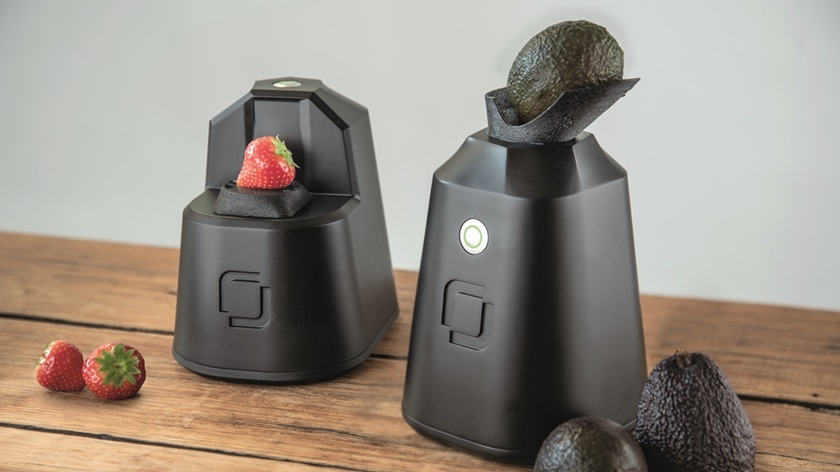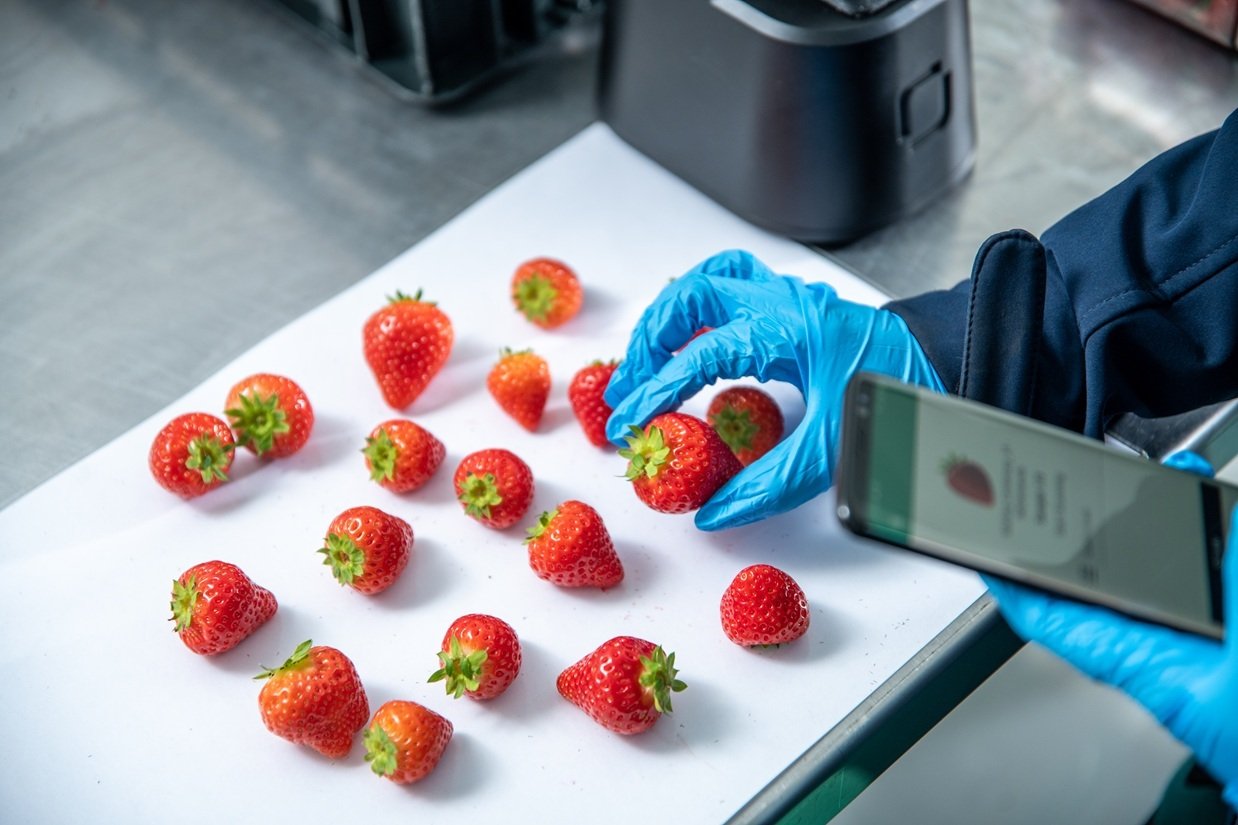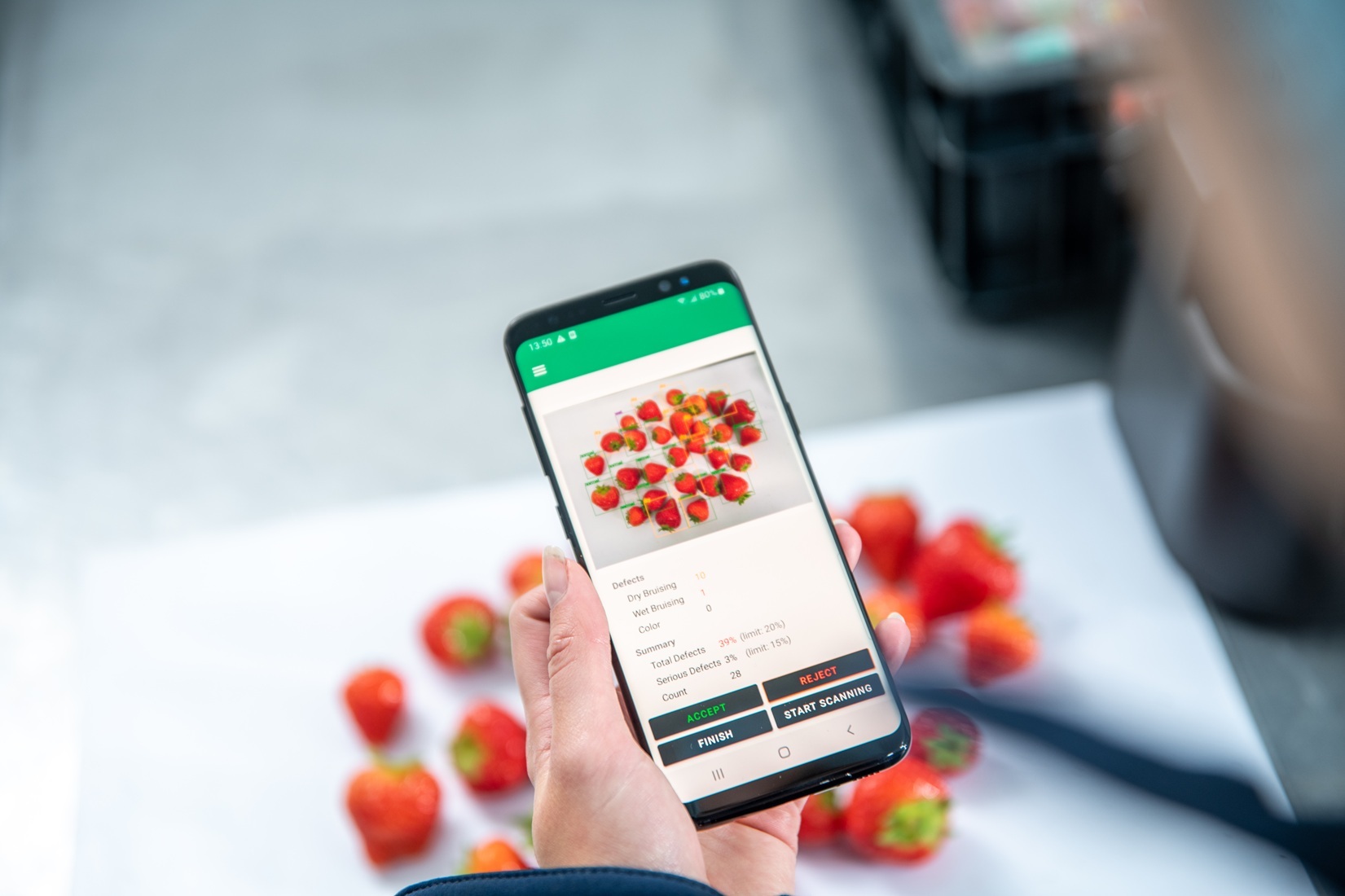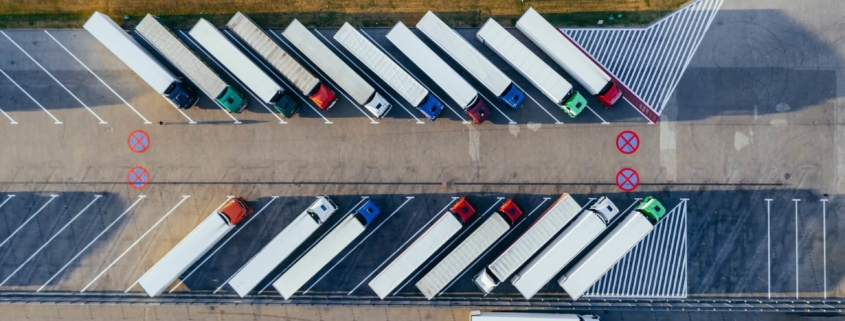
16 Jun 2023
doorOneThird
Cold chain temperature monitoring helps customers receive fresh fruits and vegetables. Fresher produce means customers will be more likely to buy from you again, and it also reduces food waste.
Why is Temperature Monitored in the Cold Chain?
The short answer is to make sure it’s actually cold!
Temperature is something that can affect the shelf life of produce at any stage of the journey from farm to fork. For this reason, it is common (and in some cases, required) to track the temperature along the fresh produce supply chain.
However, there are a number of other factors that can reduce fresh produce shelf life, including:
- Handling
- Field conditions
- Ethylene from surrounding produce
- and many more
Most major fleets have temperature monitoring equipment in use now. Temperature and humidity monitoring are helpful cold chain management solutions. They identify potential causes of early expiration and allow for improvements to be made.
How Does Cold Chain Temperature Data Help?
Knowing the temperature of fresh produce from the moment it is picked until it reaches the end customer is powerful information.
This data helps to improve food quality, pinpoint areas for improvement, and even helps to predict expected shelf life.
But, there is still a huge amount of food loss/waste and room for improving freshness.

Temperature Monitoring is One Piece of the Puzzle
We have established that many things can affect freshness and shelf life of fresh produce.
While temperature data is continuous, it requires a full understanding of a batch’s history.
We are not against cold chain temperature monitoring. In fact, we recommend having a robust, cloud-connected system in place. It’s important to have this data to gain the full picture of the journey through the supply chain.
However, when it comes to predicting shelf life and freshness using temperature alone, you run into some issues.

You Can’t Determine Shelf Life Just by Measuring Temperature
Let’s say you have two batches of strawberries picked around the same time and stored at the exact same temperature. How do you decide which location each is sent to?
The aim is to ship the first to expire out first (FEFO), in a process called dynamic routing. This allows for fresher produce to customers compared to FIFO (first in, first out).


Unfortunately, you can’t measure the temperature of a strawberry and instantly know the freshness. How do you decide where to ship each batch if they have been stored in the same conditions? And what if a batch has no chance of being fresh when it reaches the customer? FEFO sends fresher produce to customers than FIFO. However, you need a way of determining shelf life to implement it.
How to Predict Shelf Life in Real-Time
There are a few ways to assess the shelf life of fruits and vegetables in real-time, and they all use AI data analysis.
The key is that you need to be able to easily and quickly pick up a fruit or vegetable and know how much longer it is good for.
Predicting shelf life using the current status of fresh produce is a must.
OneThird has created handheld scanners that use spectroscopy to predict shelf life in under a second.

Spectroscopy is actually already commonly used in many food and agriculture applications.
This technology involves shining light into fruits and vegetables to measure internal properties. It can measure shelf life within one day of accuracy.
How Shelf Life Prediction Enables Dynamic Routing
Dynamic routing requires understanding how long produce will remain fresh.
USDA and customer standards don’t matter if your produce doesn’t make it to the destination without degrading.
Shelf life prediction allows for dynamic routing. You can prioritize shipments based on the expiration date (FEFO), rather than the order they entered cold storage (FIFO).
Walmart’s Eden quality management system is a well-known example of how a company can optimize its fresh produce supply chain. They expect to save around $400 million per year in food loss and waste using it.
Shelf life predictions are more accurate when they incorporate cold chain temperature data.
What if You Knew the Shelf Life of All Your Fresh Produce?
Just imagine a world where you know shelf life from the moment a batch of strawberries and other produce is harvested from the farm or greenhouse.
You will know where to send each batch to ensure your fresh produce meets customer expectations. Then, in the store, you can use a handheld scanner to see if individual items are still fresh enough to sell.
All of this data can be visualized on a phone or computer to analyze shelf life over time and make improvements.
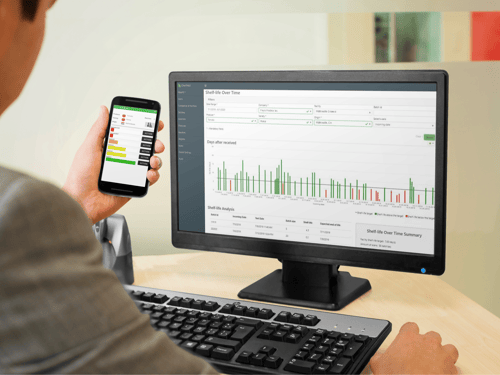
There are a lot of potential applications for growers, distributors, and retailers:
- Smarter harvesting decisions
- Automated dynamic routing
- Objective standards across the supply chain
- Dynamic pricing in-store
- Removal of best-before dates
- and more
Be sure to read our free Ultimate Guide to Fresh Produce Shelf Life Prediction to learn everything you need to know about this technology.
Summary
Cold chain temperature monitoring is a crucial element of getting fresh produce to customers.However, you can receive additional benefits by adding other technologies that leverage this data. You will soon be able to know the real shelf life of any batch of fruits or vegetables. This will help you make smarter decisions that reduce food loss and waste.
OneThird’s handheld scanners allow you to measure shelf life in under one second and know exactly what to do with that fruit or vegetable.
We understand the supply chain is complex and every retailer has a different one. That’s why our solutions are modular and can be adapted for any business. We also have different solutions for every part of the supply chain based on individual needs.
